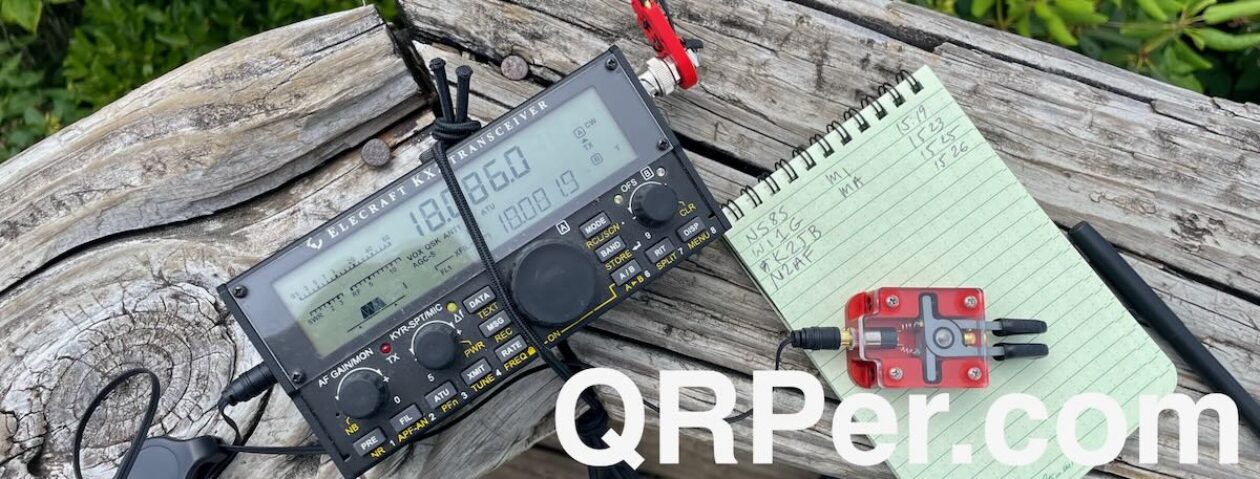by Thomas (DM1TBE)
As I have mentioned in my two previous posts, I have visited my family on the other side of Germany. On the way back, I wanted to make a “tiny detour” and activate a summit in the Czech Republic. I like all kinds of numbers and statistics, and that includes my SOTA stats. My goal is not being number one or be in the top region somewhere, but seeing it progressing and developing satisfies me. Until July last year, the upper right pie chart was only light blue, i.e. I had only activated summits in region DM, Germany – Low Mountains. So I use every chance to push the light blue back.

After some concessions, my family agreed and the way back increased from 6 hours and 583 km / 362 mi to 8:30 hours and 732 km / 455 mi.

On the drive to visit my family, I noticed that I forgot my wallet, so I had neither an ID card nor my driving license. In many regions of the world, it would be probably very difficult to cross an international border two times without papers. However, many countries in Europe have signed the so-called Schengen-Treaty, which led to the creation of Europe’s Schengen Area.

The Schengen Area consists of 27 European countries with a population of over 400 million, who have abolished border checks. However, random inspections still happen. The worst case would be a control in the Czech Republic and the official requirement to go to the German embassy in Prague for new papers.
As expected, the border crossing was easy and it could easily been overseen.
If you missed that sign in the photo, you only note that the town names have changed to Czech, as Czech names are quite different. After the border crossing, the summit is just minutes away, and you can drive up to the very top – pretty convenient for a 10+3 points summit.

The summit Klínovec (OK/KA-001), also known as Keilberg, is the highest mountain in the Ore Mountains, located on the border between the Czech Republic and Germany. With a peak reaching 1,244 me / 4,081 ft above sea level, Klínovec has been a popular destination for outdoor enthusiasts and tourists, and is the most important winter sports area in the region. The mountain has a rich history that includes mining activities for silver, lead, and tin in the dating back to 2500 BC, and it has evolved into a popular skiing and hiking destination in recent years, attracting visitors from both countries. According to reports, the peak has attracted people for hundreds of years, with the earliest observation tower erected in 1817. Continue reading SOTA in the Czech Republic – When everything goes wrong


















































